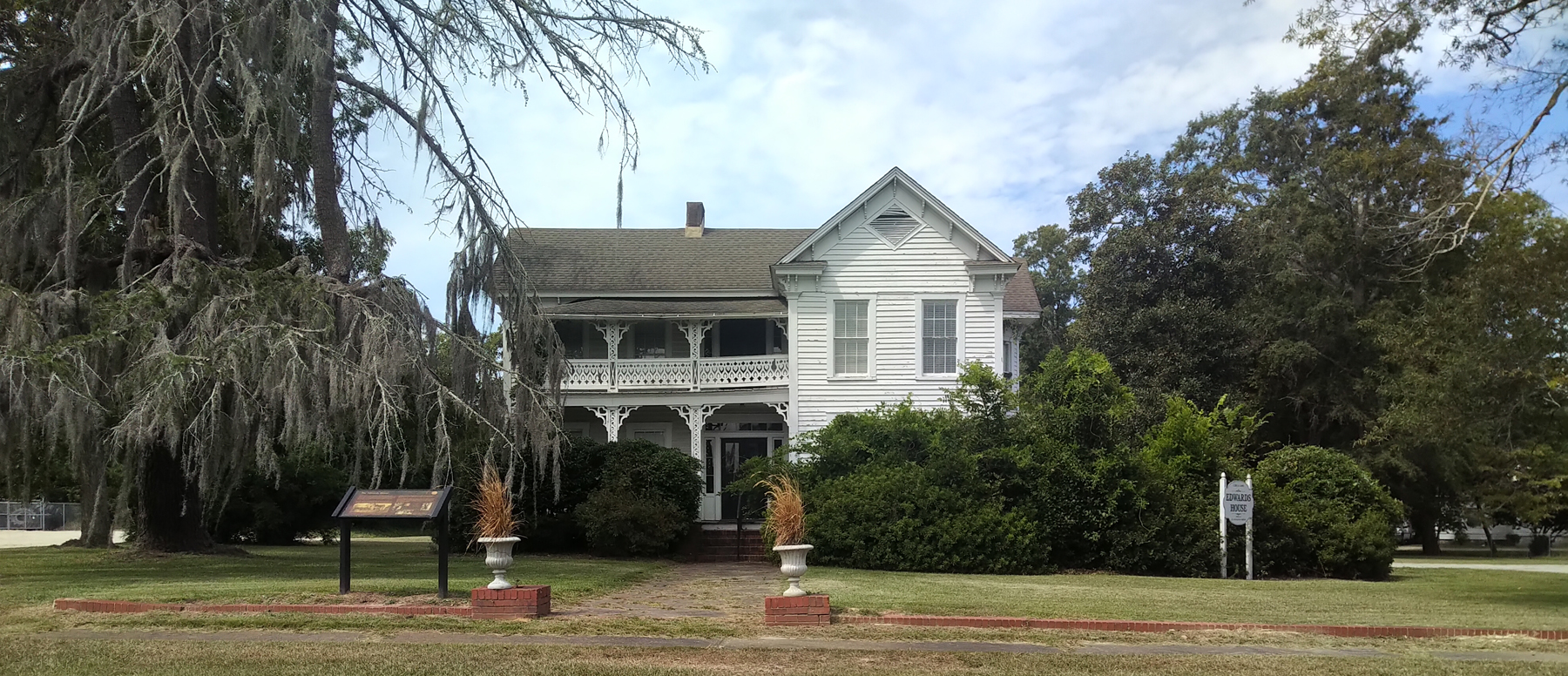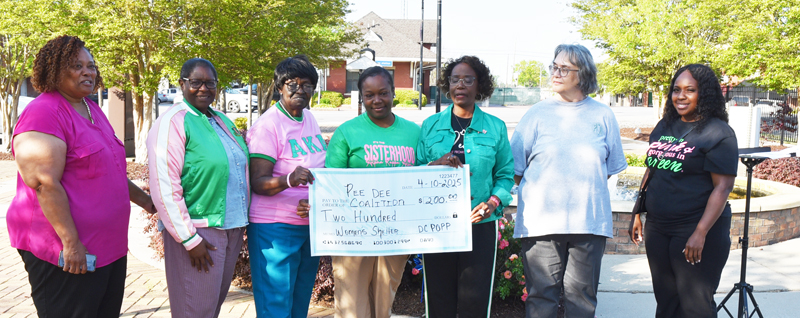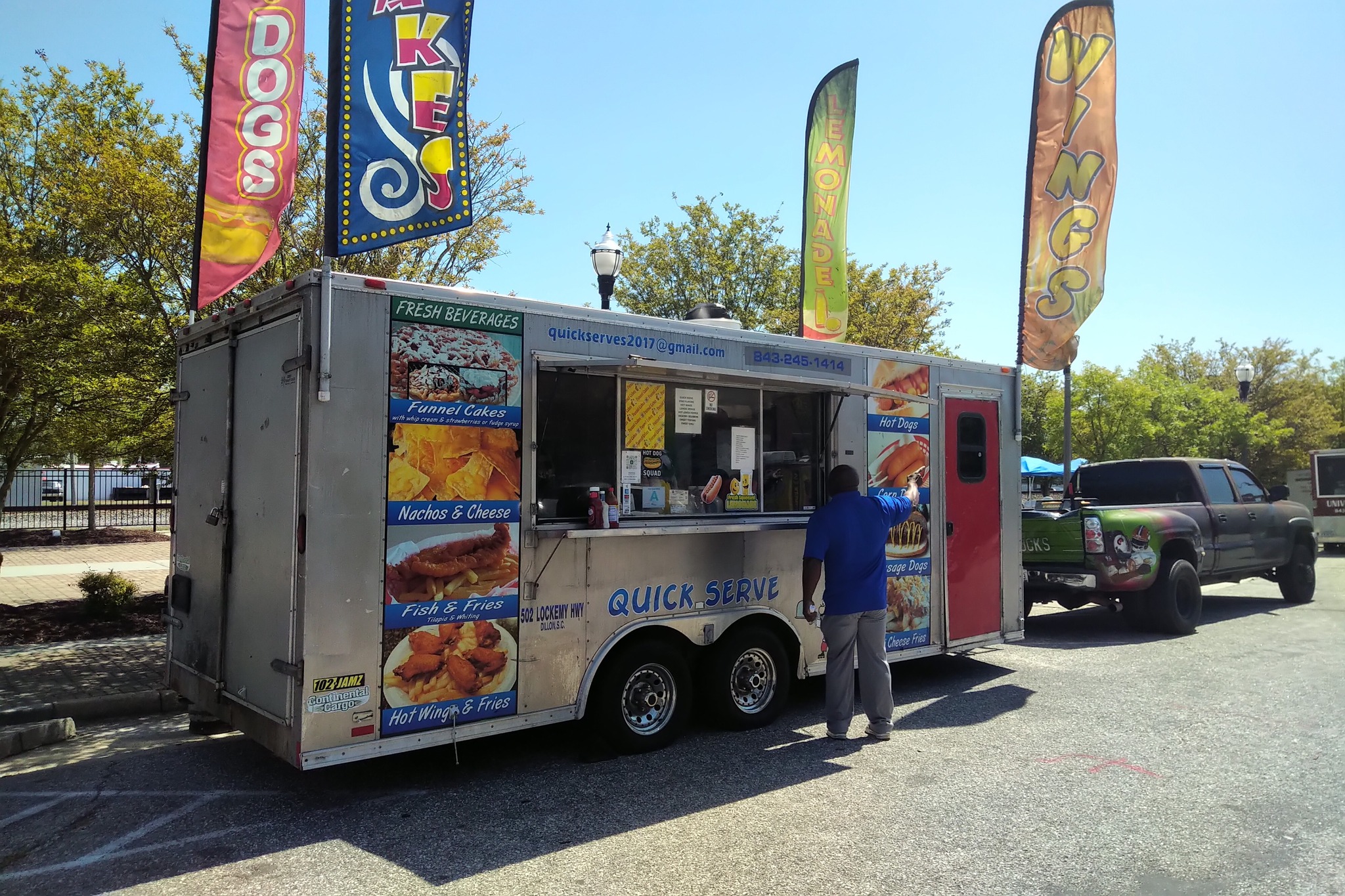Editor’s Note: Alton Finklea is native of Latta and returned to Latta when he retired. The following is his recollection of the house during an earlier time.
By Alton Finklea
“I would like to recall for you the things that I remember about what I’ll call ‘The Edwards Complex’ and what I can recall about some of the folks associated with it. Be aware these are the recollection from a boy 5 years thru 12 years old, and you know how little boys tend to exaggerate.
The house, the ground, its out-buildings and adjacent little medical building ar remarkably unchanged, not just because they were well constructed from the start, but also because of the TLC and devotion of its ‘Friends’.
The garage behind the home was shelter to two fine Packard Motor Cars, vintages 1936 and ’37. Dr. Edwards’s was an 8 cylinder-powerful and fast. Mrs. Carrie’s was a smaller 6 cylinder with a shorter wheel- base. It didn’t matter that Mrs. Carrie couldn’t drive and Dr Edwards did not drive, because they depended on Billy Buss, the good doctor’s Chauffer and ‘gentleman’s gentleman’ to do the driving chores. Instead of attempting to describe Billy Buss myself, I’ll just refer you to the move “Driving Miss Daisy.” The chauffer “Hoke” portrayed by Morgan Freeman was nothing but a Bill Buss wan-a-be.
Billy Buss kept the Packards polished and clean, but it was my Dad that kept them serviced and repaired. He did that until he left with the Army in 1940 and resumed after the war until Dr. Edwards and Mrs. Carrie passed away.
The small brick structure housed the Delco gasoline power plant. These were used at the more affluent residences at the turn of the century before communities provided central power stations. Another fine example of the little brick building is at Marian Josey’s residence, the LeGette home on Marion Street. There are probably more around that I am not aware of…
A missing feature of the ground is the back yard fence. (This is seen in some pictures). I know there was a fence there because after Dr. Edwards delivered my brother Hugh…my grandfather carried some chickens over for payment and proceeded to pitch them over into the yard-Mrs. Carrie called out, “that’s plenty Hugh, that’s quite enough.” My grandfather replied, “He’s a fine boy, Carrie,” and pitched over two more for good measure. I know I wasn’t born when that occurred, but the story came from a reliable source, my brother.
The white utility building directly behind the big house and the potting shed had to be primarily a laundry the household was small but the doctor’s office must have generated a lot of soiled towels and linens.
Dr. Edwards was our family doctor. He could kill two birds with one stone when he made house calls at our house…Hugh and I were always sick at the same time with either the chicken pox, flu, whooping cough, measles, mumps, ringworm, impetigo.
When I was sick but still ambulatory, I would go to the brick doctor’s office all by myself. I never went back to the examining room, because Dr. Edwards would come out to the waiting room with his black leather bag, sit me down on the black leather sofa, and proceed to examine me right there.
It seems that durable black leather dominated the scene back then, from the black leather of the Packard’s seats, of Billy Buss’s cap and bowtie, the medical bag, and the sofa and chairs in the waiting room…if black leather was still in vogue, we would have no need for duct tape or Velcro.
It was my wish that Dr. Edwards had delivered me at home as he did Hugh, but it didn’t work out that way. He gave a gallant effort, but I had to take the Studebaker ambulance to McLeod’s in Florence. What I really wanted to do was ride in the Packard with Doctor Edwards and Billy Buss!”







